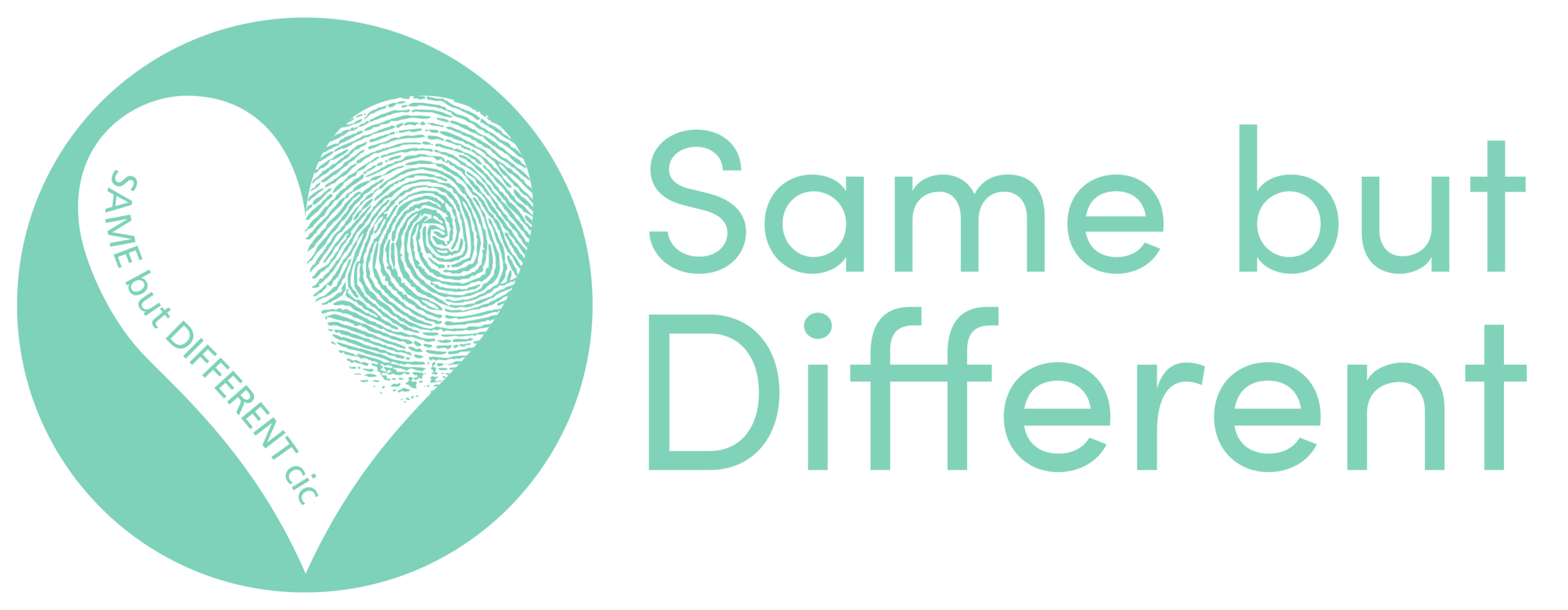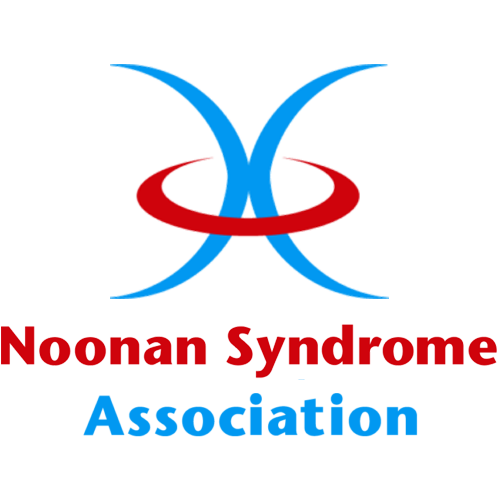The Noonan Syndrome Association is a small UK based charity that supports families and individuals affected with the syndrome. While it is run by a small team of board trustees and a part-time charity manager, the charity still makes a huge impact through the support it offers. It is the only Noonan Syndrome charity in the UK registered with the Charities Commission.
Sandie Dent has been working for the charity for 2 years. “There are 1 in 2000 live births affected by this genetic condition. It's one of those disorders that most people have never heard of but there are a lot of families now diagnosed. We have about 600 individuals and families known to us with the syndrome and it affects adults and children alike. We're expanding all the time and getting more new members as people get diagnosed, so we've got this growing database. We're very lucky, certainly with the cost of living crisis, that we don't have a fixed location. We don't have a building. I'm the only employee. I work part-time and subcontract the bookkeeping to a freelancer. We're the only two people drawing an income from the charity. The rest is made up of a board of seven volunteer trustees.”
On top of the small team, the charity has several other volunteers, including those UK medical specialists who offer advice and give talks raising awareness of Noonan Syndrome to members, families and external bodies.
Noonan Syndrome affects people differently. Complications can include heart conditions, facial differences, joint issues and height. People diagnosed with the syndrome tend to be smaller than average.
“The heart is quite a key symptom but there are other issues, especially with joints or issues with eyes, ears, and teeth. People with Noonans are mainly on the small side, and they don't grow in line with how they should be growing. That's one of the things that can help diagnosis along with very pronounced facial features. Learning difficulties is another issue and again, from mild right through to severe where they can’t go to the same schools as other children for example.”
As a consequence of children being diagnosed with the condition, adult relatives may also be diagnosed genetically, some who were previously unaware they had it. “We're finding a rise in adults joining as members, and that's a group we haven't catered for enough in the past. It's massively on our radar for this year to improve and moving forward, we need to look at the amount of support that will be needed because a lot of those adults are now hitting their 50s, where things like joint problems etc. can start to become a problem anyway.”
In the two years since Sandie has been with the association, she has seen a steady increase in members rising from 600 to over 850, and on average currently receives 10 – 20 new members per month. This is a double-edged sword during the current financial crisis that the UK is in today.
“It's growing. That gives us a challenge because we don't really want to take on staff, we don't want to end up having to have a building, but at the same time, we recognise we've got this growing membership and we want to be able to do as much for them as we can, we'd like to do a lot more.”
As a charity, the NSA has funded research into the condition, alongside a whole host of resources on their website that are beneficial to its members and families affected. The charity also offers a family weekend that is heavily subsidised by the charity to allow families to connect, have fun and benefit from the many specialists’ talks and events held over the weekend. This costs the charity a huge amount but so far has been invaluable. Trustees are having to consider whether to run the event every 18 months rather than annually due to the sheer costs involved. “Overall, the cost of accommodation and food at the venue has increased by 18%.” That’s a huge amount of money for the charity to find for an essential service, alongside the cost-of-living increase across the board.
For Family Day last October, the charity provided bursaries for five low-income families and made it as simple and easy as possible for them to be included in the weekend.
“We did provide bursary places so that they could come and it covered the travel, the accommodation, activities and food so whilst there they didn't have to pay for anything. I anticipate that we will have to do a lot more of this next March. Low-income families are in danger of missing out on this sort of event as they may not be able make it a priority if they haven't got the free finances. Our members aren't coming to us with financial woes, but that doesn't mean they aren't there.”
“I'm conscious all the time that there's a whole batch of people we're not reaching, I felt that at least two of the families that came on the bursary last year, are families that otherwise would be more isolated than other families. You know, they're having to work all the hours they can, because they're in low-income jobs or they're not able to work as much as they could because they've got a child with special needs. They haven't got time to look for what activities might be going on in their area or they may just not get what they need from meeting up with parents at the school gate who don’t understand what it's like living with a rare condition child.” Having a child diagnosed with a rare condition can be isolating and this is something the charity works hard on, linking families together to offer support to each other.
The charity was also involved in supporting the set-up of a clinic at Great Ormond Street Hospital, where families attend and meet a multidisciplinary team. The demand for the clinic is huge with a very full appointment list, proving the success of the scheme so far. “We partly funded a clinical nurse in conjunction with a much bigger charity that paid the bulk. This clinic makes such a huge difference to our members. There’s quite a long waiting list, but in one day they will see all the necessary specialists in the same building. The idea was that after two years the NHS would start to pay because they would see the benefit of this service. Unfortunately, that permanent NHS funding is not automatic and we are not sure what is going to happen. We can't afford to fund it. It the permanent funding isn’t provided families will suffer having to go back to the old routine of going to multiple appointments, possibly even at different hospitals, and having to retell their story every time they go.”
At the moment, the charity has financial donations from different sources, but feels the overall ‘charity pot’ available is getting smaller. They worry about the future as families tighten their belts and have to make cuts, one thing to go could be donations. “Whilst we're very fortunate we don't have the expense of a building, the flipside of that is we don't have a fixed location and there's a lot of grants that aren't available to us. We've budgeted for delivering various things this year, but we don't yet know where most of the money's coming from. So, we are unsure of how much we will deliver. I'm sitting here with grant applications by my side.”
The cost-of-living crisis has a cumulative impact on the charity sector, which relies on donations and grants. “The grants become harder to get as there is more demand for them. There is cost-of-living support being pumped into the sector, but it’s mainly aimed at charities that have a fixed abode and also some of the existing money that would have been in the pot for other things has been diverted for that. I think it'll be a hard year, and probably a hard two years because it doesn't look like things are going to improve into next year, either.” Sandie's fear is the capacity of the charity moving forwards. Cuts could have to be made in the future. “I don't worry that we're going to vanish. But I do worry that we're not going to be able to deliver all the exciting things we want to deliver in our strategic plan. For the sector as a whole, the economic situation is bad. The knock-on effect of a shrinking pot is that some charities with higher costs could get into serious financial trouble and ultimately fail.”
Our cost of living project is supported by:
Find out more
The Noonan Syndrome Association
The Noonan Syndrome Association support families and individuals affected by NS with information, webinars with expert medical speakers, Families Day events, and involvement in research projects. They support health & social care workers and other professionals who have a relevant interest in the condition, with information and guidance. The Noonan Syndrome Association facilitate research by participating in projects and ‘pump-priming’ new research, to advance improvements in the understanding, care, and management of the condition.
To learn more about The Noonan Syndrome Association, click here.
Source: https://noonansyndrome.org.uk
Noonan Syndrome
Noonan syndrome, occurring in roughly 1 in 2500 births, is a prevalent cause of congenital heart disease. Dr. Jacqueline Noonan identified it initially in children with specific heart conditions, noting common physical traits like short stature, drooping eyelids, and neck skin webbing. Since her 1963 publication, it's globally recognized, the term 'syndrome' stemming from Greek origins meaning 'to run together'. Its features encompass facial variations, cardiac issues like pulmonary stenosis, fluid retention, growth disparities, delayed puberty, diverse developmental speeds, uncertain behavioral patterns, feeding challenges, bleeding tendencies, and occasional hearing or vision problems. While certain difficulties improve with age, others, such as musculoskeletal pain or epilepsy, may arise later in adulthood.
To learn more about Noonan Syndrome, click here.
Source: https://noonansyndrome.org.uk






